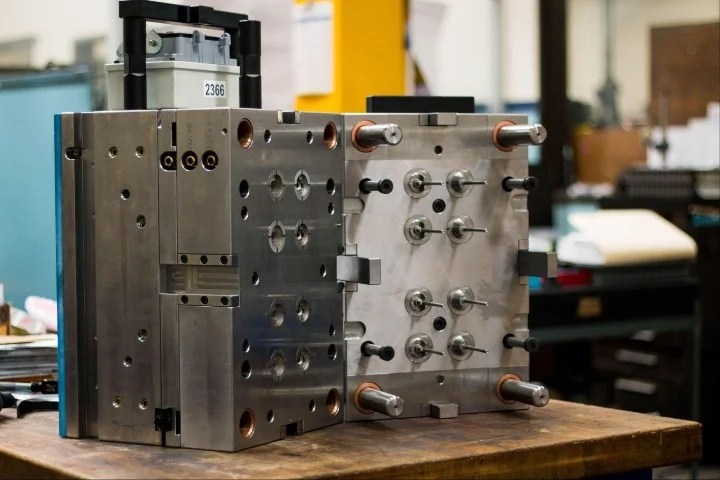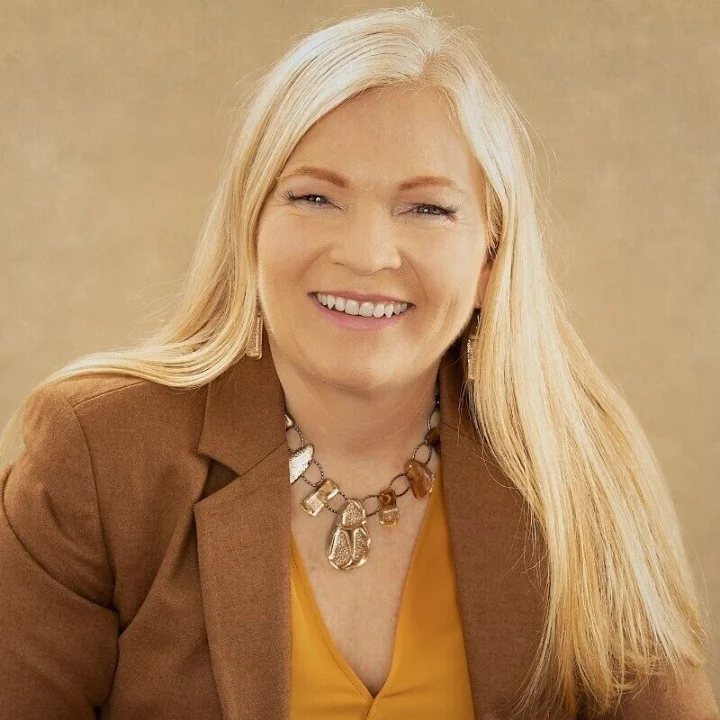Time to read: 6 min
Why was Boeing’s 747 such a huge success, while BAC’s Concorde is currently out of commission? It’s because Boeing thoroughly researched their target market before developing their product, while BAC jumped right to the development, skipping the research. Boeing’s research revealed the need for a plane that could carry more passengers, while BAC incorrectly assumed that people wanted to pay more to get to their destinations faster.
BAC did produce a beautiful aircraft, but since they left out that crucial first step, research, the outcome failed. Let’s look at a clear set of problem-solving steps for the research and development process of design projects and then analyze it in the context of Boeing’s R&D process for the B747, contrasted with BAC’s process of building the Concorde.
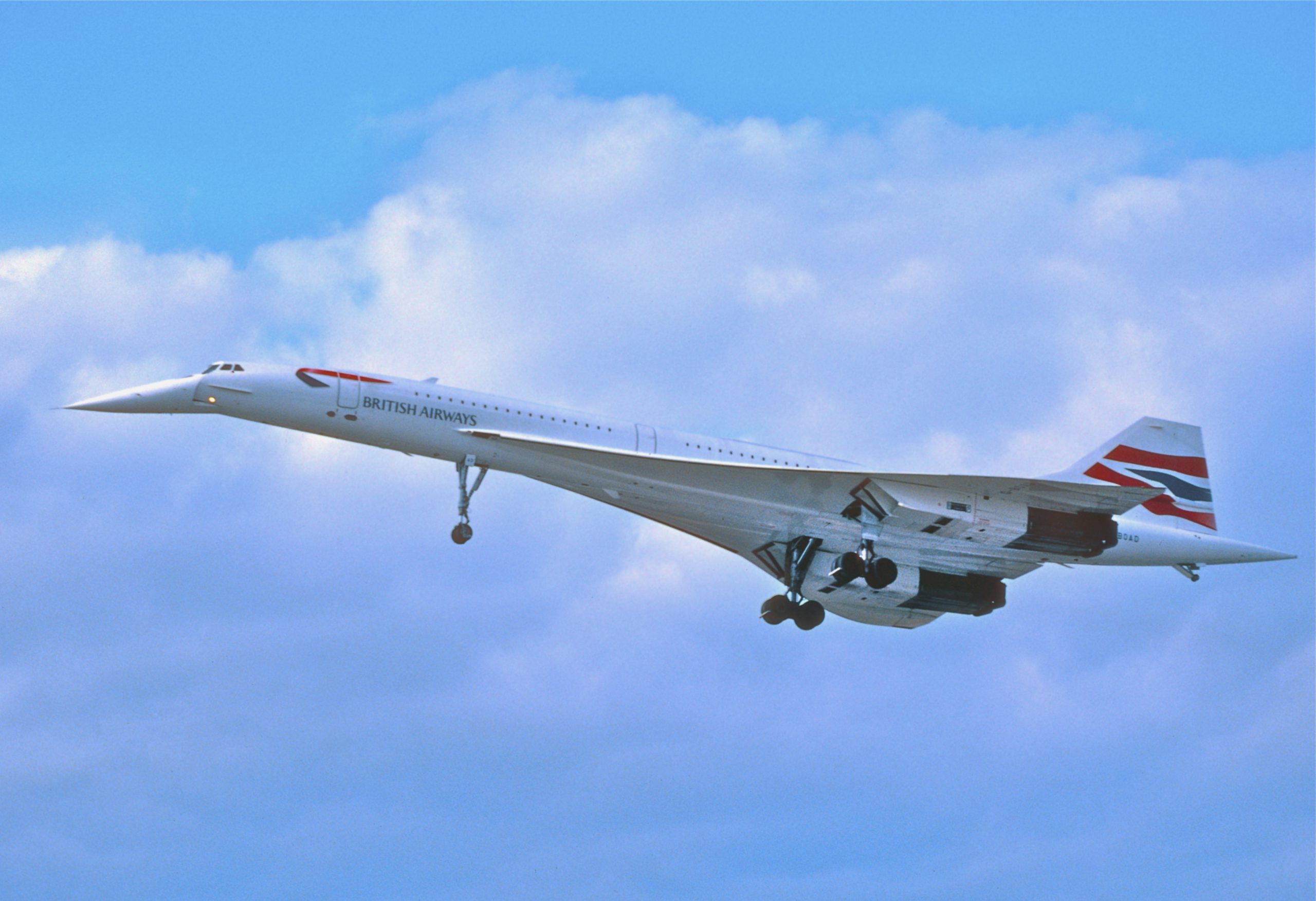
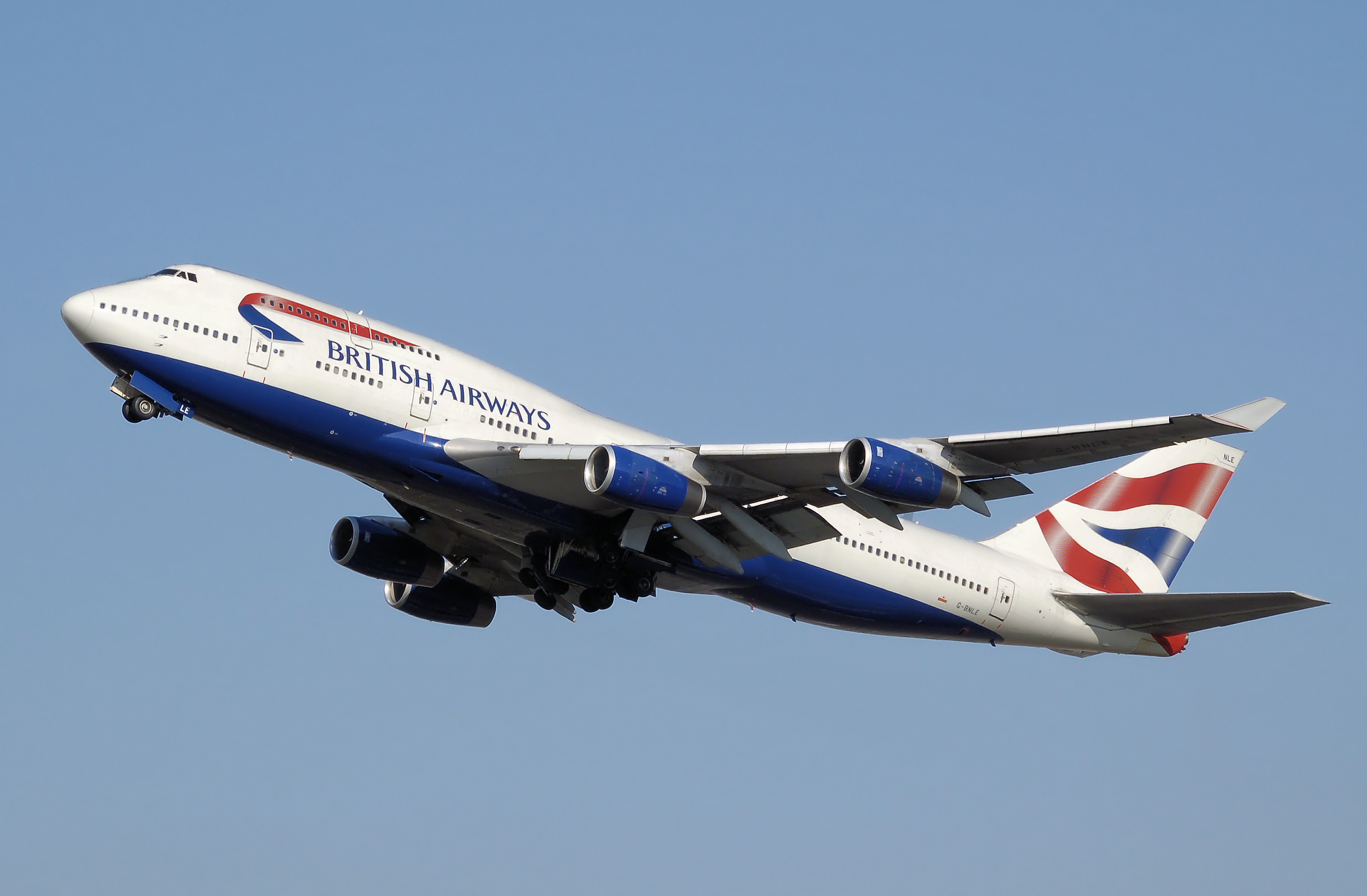
Problem-Solving Framework for R&D
The Heilmeier Questions are a set of problem-solving questions for anyone proposing a research project or product development effort:
-
What are you trying to do? Articulate your objectives, without using any jargon.
-
How is it done today, and what are the limits of current practice?
-
What’s new in your approach, and why do you think it will be successful?
-
Who cares? If you’re successful, what difference will it make? What are the risks and the payoffs?
-
How much will it cost? How long will it take? What are the midterm and final “exams” to check for success?
These questions will help set up your framework for problem-solving as you move through the process of researching and developing your project idea. While these questions may seem overwhelming at first, breaking them down into the following steps will help you manage the process of answering them.
1. Establish the need or realize that there is a problem to be solved.
This is the most important step: the research you need to do before the development. There’s no point in developing a product no one will buy! One way to take this step is to ‘pretotype,’—test your idea quickly and inexpensively by creating extremely simplified, mocked-up, or virtual versions of your product to help validate the premise that, “If we build it, they will use it.”
Boeing thought there was a need for an aircraft that could carry more passengers because the United States Air Force began a study on large transport aircraft and selected Boeing to manufacture the plane. Boeing also had airline customers that were pressuring them to build a larger passenger aircraft. This concrete evidence gave Boeing the confidence to create the B747, capable of carrying 467 people.
BAC, on the other hand, thought there was a need for an aircraft that could carry passengers to their destinations faster and created the Concorde that went Mach 2, twice the speed of sound. However, BAC failed to conduct research to validate customers’ desires for such an aircraft.
Originally, BAC wanted to design both a long and short range supersonic aircraft but dropped the short-range version when customers weren’t interested, which was the correct decision, but the company should have further researched customer opinions on the long-range version. While BAC developed a beautiful aircraft, the Concorde ultimately failed, due to a misinterpretation of the market’s needs.
The next step in problem-solving for R&D is to look for a solution, once a problem has been identified, with concrete evidence that the problem needs to be solved.
2. Plan how to solve the problem.
How much time, money, and resources will be required to carry out your solution to the problem you’ve identified? In the case of an aircraft, lots of engineers and materials are needed.
The B747 cost about $2 billion in development and took five years, from May 1964-February 1969, from proposal to the first test flight. The Concorde cost $1.3 billion in development and took 15 years, from February 1954-March 1969, from initial meeting to first test flight.
A good way to figure out how many resources you’ll need is resource planning, which involves identifying the resources needed to successfully execute a project and then executing within these resource constraints.

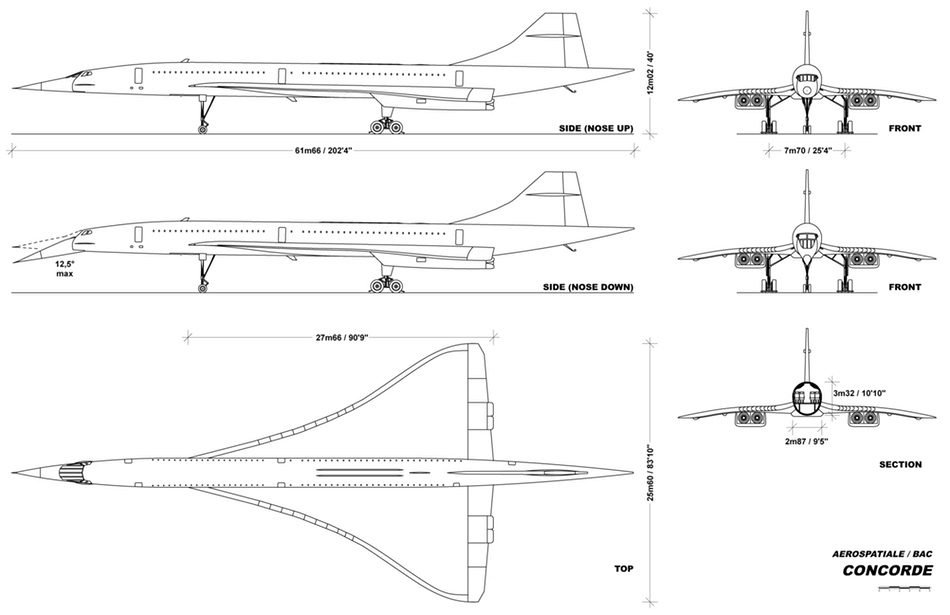
Once you have a general game plan, start incorporating the details.
3. Understand the problem by developing requirements and uncovering existing solutions for similar problems.
What will this design need to fulfill? What are the requirements?
The B747 needed to carry lots of passengers; the Concorde needed to go really fast.
Who else is currently making it? What are the existing solutions?
The B747 was introduced in 1989. 18 years later, Airbus came out with a competing large-passenger aircraft, the 380. The existing solution in the market was the 747, which was selling really well. Rather than learn and improve the B747s design, Airbus came up with a completely new plane.
Airbus’s 380 could carry 853 passengers, many more than the 467 from the B747, however the A380 had some major issues. The A380 was really expensive, Airbus initially could not build them fast enough to meet initial orders, the turbulence created from these aircraft was very disruptive, and they were difficult to gate at airports because they required special gate parking, due to their massive size. Airbus should have imitated the B747s positive qualities and ignored the negative, learning from its competitors. However, Airbus did not do the proper research into existing solutions for a similar problem and ultimately built an aircraft ahead of its time that did not sell well.
Therefore, Boeing’s 747 did not have these issues.
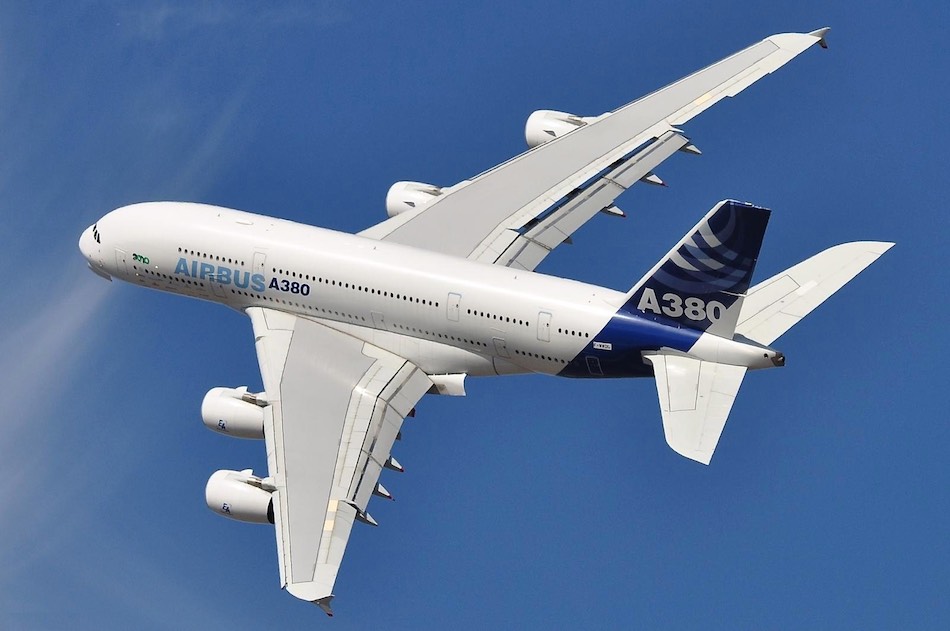
The Concorde faced no other competing commercial supersonic aircraft, only military, and was therefore creating an entirely new market. This is risky because new markets lack the wisdom and experience of established industries. Businesses creating new markets don’t necessarily know who their customers are yet, or the scope of products and services they should offer.
There is, of course, a potentially huge reward for creating a new market and disrupting other industries, but the Concorde didn’t instigate a supersonic commercial aircraft market or disrupt the aviation industry.
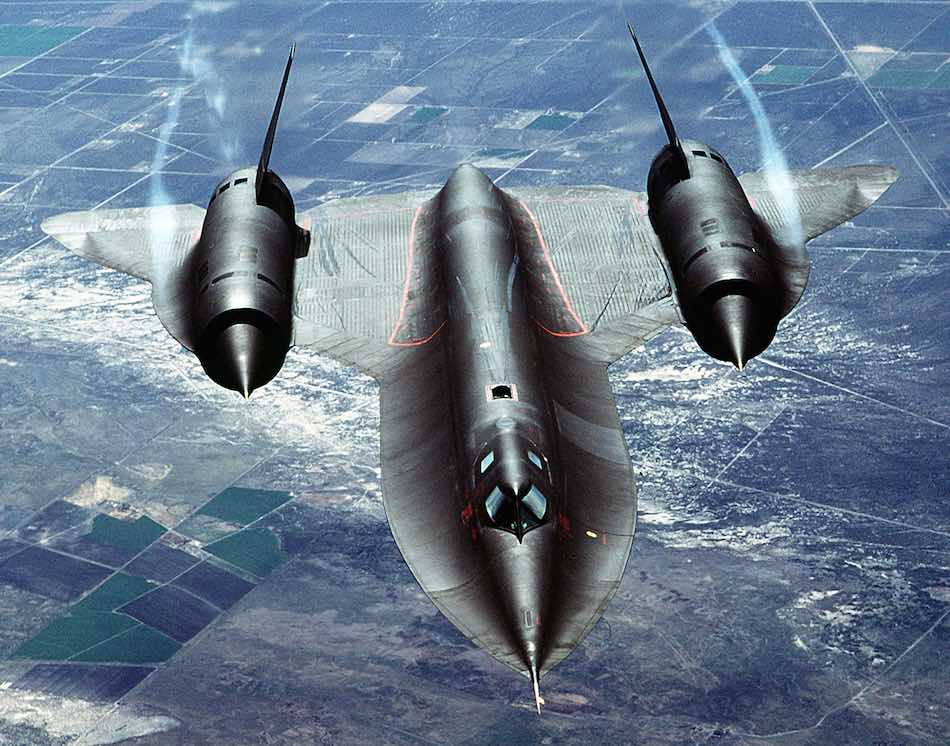
Once you have your project requirement details and have hopefully learned from other existing solutions, brainstorm different solutions.
4. Generate alternative solutions and evaluate the alternatives by comparing them to the design requirements and to each other.
Rather than building an entirely new plane with more capacity, Boeing could have used more smaller planes with more frequent routes. In the case of the Concorde, rather than building an entirely new plane, there are other methods of supersonic transport, like the hyperloop.
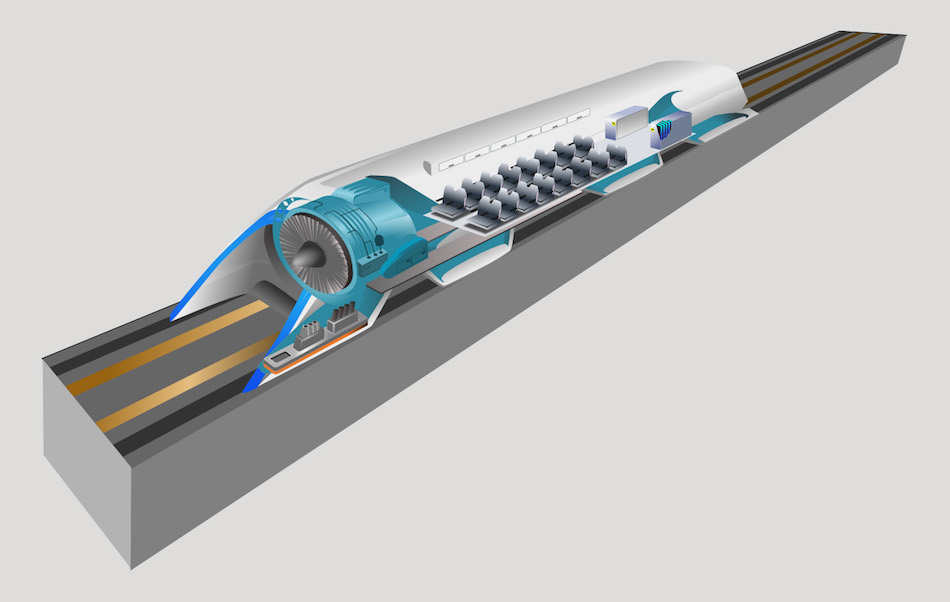
A trade study is always a good method to use to identify the most balanced technical solution among a set of proposed viable solutions (FAA 2006). A trade study lists the most important requirements, assigns a value of importance to each, and ultimately decides on the best solution.
In the case of the hyperloop, it would have failed the trade study because one of the most important criterion in supersonic travel is flexibility in routes. The hyperloop can only go to and from a single destination and therefore has a very low score for that requirement. It is also extremely expensive, even more than the Concorde, and would score low on cost as well.
5. Decide on acceptable solutions.
6. Communicate the results.
Document! Iterate! Learn from your successes and mistakes!
Boeing started with the 747-100 in 1966 and quickly iterated and updated the plane to produce the 747-200 quickly afterward, in 1968, and again in 1980, with the 747-300, and in 1985, with the 747-400. Ultimately, the 747-8 was announced in 2005, with two versions: the -8F and -8I, and has received 125 total orders.
Unfortunately, the Concorde did not have enough sales to keep it in business, and a fatal accident ultimately led to its retirement in 2003.
Main Takeaways
As complicated as the design process is, the most important thing is to determine whether the development should occur in the first place! This question is answered by research. Pretotype before starting a project, to discover whether there’s a need for what you are designing.
Did this process answer those Heilmeier questions for you? If so, you’re ready to problem solve! Start with the steps, do your research, share your findings with your team, and decide whether you should start developing, or do more research. Good luck!
